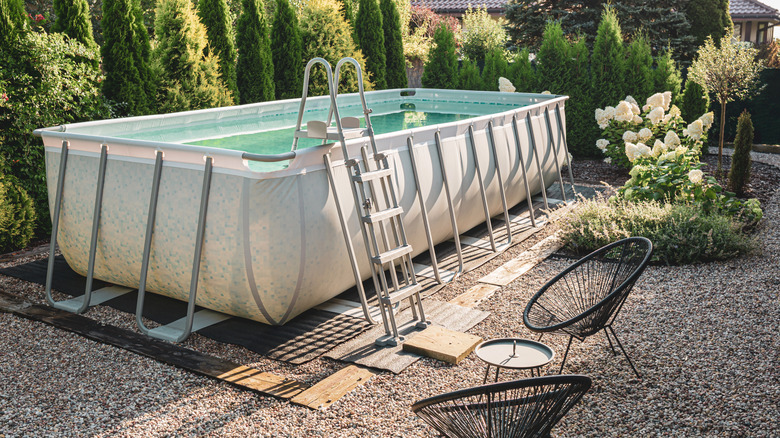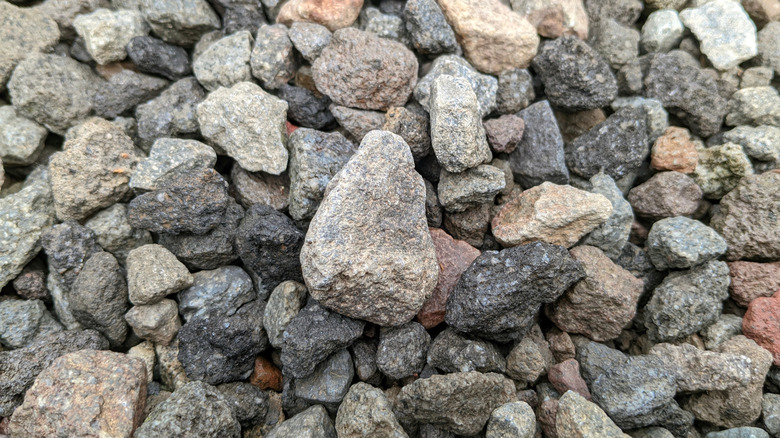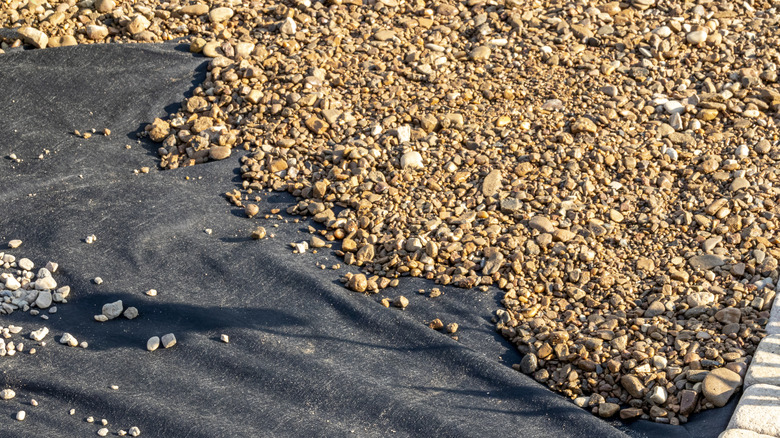Why You Should Consider Gravel For The Base Of Your Above Ground Pool
An above-ground pool is certainly less of an investment than an inground model, but that doesn't mean its installation doesn't require careful preparation. An above-ground pool that's 54 inches deep and 24 feet long can weigh as much as 112,000 pounds, so one of the most essential steps in the process is creating a solid foundation to support its weight. An effective pool base can also help keep the pool level, which improves its durability and ensures a safe and pleasant swimming experience. While several materials make effective above-ground pool bases, including cement and sand, gravel is often one of the best options, providing a base that's more affordable than concrete and more stable and less prone to erosion than sand.
It's easy to make mistakes when using gravel in landscaping, but a gravel pool foundation doesn't just mean surrounding the exterior of your pool with the rock fragments. Instead, it should be a solid base that the pool actually sits on top of. Gravel can form an extremely even, long-lasting foundation and helps extend the lifespan of your pool by promoting good drainage, which are just some of the reasons it should make your short-list for potential base materials.
Gravel offers a strong, attractive foundation for above-ground pools
Choosing the best above-ground pool for your yard can be tricky, but finding the right base doesn't need to be. Several factors make gravel one of the best foundation options. For starters, it is extremely easy to compact, so you can form a very solid foundation beneath your pool. Compacting the gravel locks the individual rocks into place, allowing it to support the heavy weight of a pool, prevent damage, and head off the likelihood of it shifting over time. It is an excellent choice if you have to build your pool foundation on a slope, too, because you can easily layer it to level the area.
In addition to creating one of the most stable bases for your pool, gravel also offers plenty of aesthetic appeal. It adds an interesting textural and visual element to the landscape and is available in a wide array of colors, shapes, and sizes, allowing you to achieve a cohesive and intentional look in your yard, all with minimal upkeep.
Gravel pool bases promote drainage and are easy to maintain
Common problems for the bottom of above-ground pools are mold and mildew, especially if they are placed directly on grass. The presence of decaying organic materials, such as leaves and twigs, paired with the water and moisture that often collect beneath a pool, creates an ideal environment for mold to grow. That's why it's crucial to select a pool base that offers sufficient drainage.
Gravel is one of the best materials for drainage because the space between the individual pieces of rock allows water to flow away from the bottom of the pool, reducing the risk of puddled water causing mold, rust, and other damage to your above-ground pool. Gravel also earns points for providing a low-maintenance base material. It is effective at keeping weeds at bay, particularly when paired with landscaping fabric, so you won't have to work as hard to keep your pool area weed-free. While there are plenty of tricks to prevent weeds in gravel, installing landscaping fabric over the area before adding the gravel is typically the easiest way to ensure your base isn't invaded by weeds if you choose this approach.


